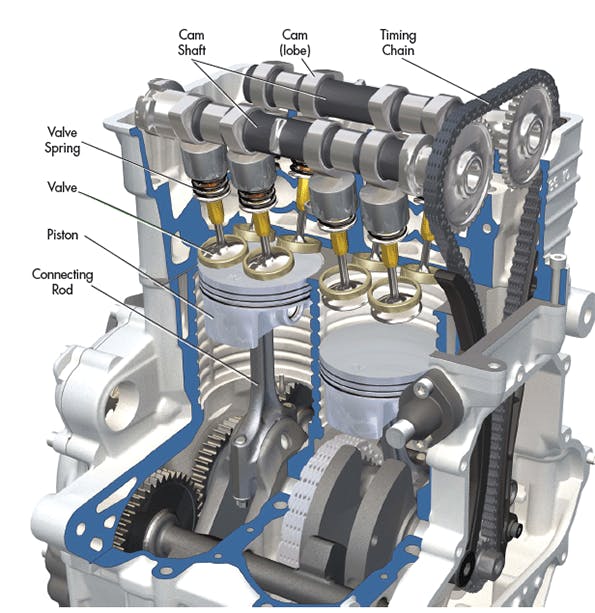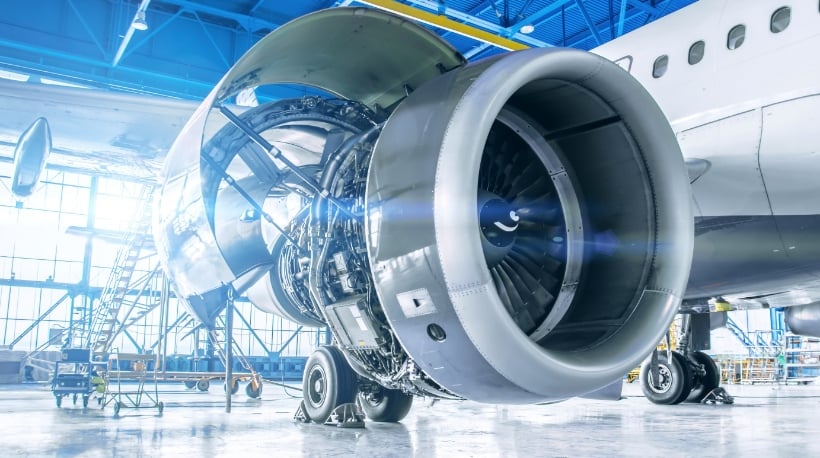The Pursuit for Ultimate Driving Power: Examining the Peak of Engine Performance and Technological Advancements in the Automotive Sector
In the realm of auto engineering, the quest of optimum driving power has been a ruthless quest that has unravelled via the evolution of engine layout and the integration of innovative modern technologies. From the thorough craftsmanship of burning engines to the rapid developments in electric propulsion systems, the vehicle industry stands at the cusp of a brand-new age characterized by unprecedented performance abilities. As designers and scientists delve deeper into the worlds of computational liquid dynamics and explore ingenious gas innovations, the perspective of opportunities expands tremendously. Keep tuned as we unravel the elaborate tapestry of technological developments that are forming the future of vehicle power and efficiency.
Development of Engine Style

Furthermore, the integration of turbocharging and turbo charging innovations has actually changed engine layout by boosting power without considerably boosting engine dimension. These forced induction systems press the consumption air, enabling even more fuel to be ignited, consequently generating greater power outcome from a smaller sized engine. This advancement has actually been specifically crucial in enhancing the performance of smaller variation engines while keeping gas performance standards.

Performance-Enhancing Fuel Technologies
The application of sophisticated fuel technologies has significantly added to enhancing engine performance in modern-day lorries. From typical fuel and diesel to cutting-edge biofuels, artificial fuels, and hydrogen, the automotive sector is witnessing a change in gas choices. Biofuels, stemmed from renewable resources like sugarcane, corn, or algae, offer improved and decreased emissions engine performance. Artificial fuels, generated via chemical processes, provide high octane rankings, enhancing power outcome. Hydrogen gas cells, although still in the onset of fostering, show fantastic promise as a result of their zero-emission nature and capacity for high performance. Furthermore, fuel ingredients and detergents are being created to clean engine parts, enhance combustion, and minimize friction, therefore increasing total automobile efficiency. With continuous r & d, the quest for the utmost driving power continues, as engineers make every effort to unlock the complete potential of performance-enhancing gas technologies in the vehicle industry.
Developments in Electric Propulsion
Considerable strides in electrical propulsion modern technology have actually revolutionized the automobile market, leading the way for a brand-new period of effective and lasting transportation. Electric vehicles (EVs) are acquiring popularity because of their environmental benefits and improvements in battery innovation, making it possible for longer driving arrays and additional reading much shorter billing times. Suppliers are spending greatly in study and growth to improve the efficiency of electric propulsion systems, focusing on increasing power output, improving power performance, and lowering total weight.
One significant development in electric propulsion is the development of advanced electrical motors that supply higher torque and power density, causing enhanced acceleration and total driving efficiency. Furthermore, regenerative braking systems have actually been fine-tuned to save and catch energy during slowdown, additional increasing the efficiency of EVs.
In addition, the combination of smart modern technologies, such as expert system and predictive analytics, is maximizing the monitoring of electric propulsion systems, ensuring optimum efficiency under various driving conditions. These advancements in electric propulsion are improving the vehicle landscape, driving the industry in the direction of a more lasting and electrified future.
Effect of Computational Fluid Dynamics
With innovations in electric propulsion pressing the boundaries of vehicle technology, the combination of Computational Liquid Dynamics is playing a crucial role in maximizing aerodynamic performance and boosting overall effectiveness in lorry design. Computational Liquid Characteristics (CFD) involves using computer system simulations to analyze the circulation of air around a vehicle, allowing designers to forecast how style adjustments will impact the rules of aerodynamics without the demand for costly physical prototypes. By properly modeling air movement patterns, CFD enables the refinement of vehicle shapes to minimize drag, improve cooling, and improve security.
CFD enables engineers to optimize airflow around elements such as radiators, engine bays, and wheel wells, adding to boosted efficiency and total driving experience. In verdict, the combination of Computational Fluid Dynamics stands for a considerable step onward in the mission for supreme driving power and efficiency in the auto market.
Future Trends in Engine Technology
In the vibrant landscape of automobile design, sophisticated improvements are shaping the future trajectory of engine technology. The future of engine style is marked by a solid emphasis on efficiency, sustainability, and effectiveness. Suppliers are progressively concentrating on establishing engines that not just provide high power results but additionally prioritize ecological responsibility by minimizing emissions and improving fuel effectiveness.
One noticeable trend in engine advancement is the rise of electrification. Hybrid and electrical powertrains are gaining traction as sensible alternatives to standard burning engines. These technologies use the possibility for significant reductions in carbon exhausts and raised energy effectiveness, straightening with global efforts to navigate to this site fight environment adjustment.
Additionally, improvements in products scientific research and manufacturing techniques are allowing the manufacturing of lighter and extra durable engine elements. This shift in the direction of light-weight products such as carbon fiber and light weight aluminum alloys adds to enhanced efficiency and gas economy.
Final Thought
In verdict, the search of ultimate driving power in the automotive industry her comment is here remains to drive innovations in engine style, fuel innovations, electrical propulsion, and computational fluid dynamics. The development of these innovations is shaping the future of engine innovation, leading the way for more efficient and powerful lorries (engines for africa). As the market remains to press the borders of what is possible, we can expect to see also extra cutting-edge growths in the quest for peak efficiency
One of the key milestones in engine style advancement is the shift from standard carbureted engines to modern fuel-injected systems. By precisely metering the gas shipment to each cylinder, fuel-injected engines optimize burning, resulting in much better performance and lowered ecological effect.
Furthermore, the assimilation of turbocharging and turbo charging technologies has actually revolutionized engine design by enhancing power without dramatically boosting engine size (engines for africa).The execution of sophisticated gas innovations has dramatically contributed to boosting engine performance in modern automobiles. Additionally, gas additives and cleaning agents are being formulated to tidy engine components, maximize combustion, and lower friction, thereby improving overall automobile performance
Comments on “Discover Top-Quality Engines for Africa at Our Trusted Auto Parts Store”